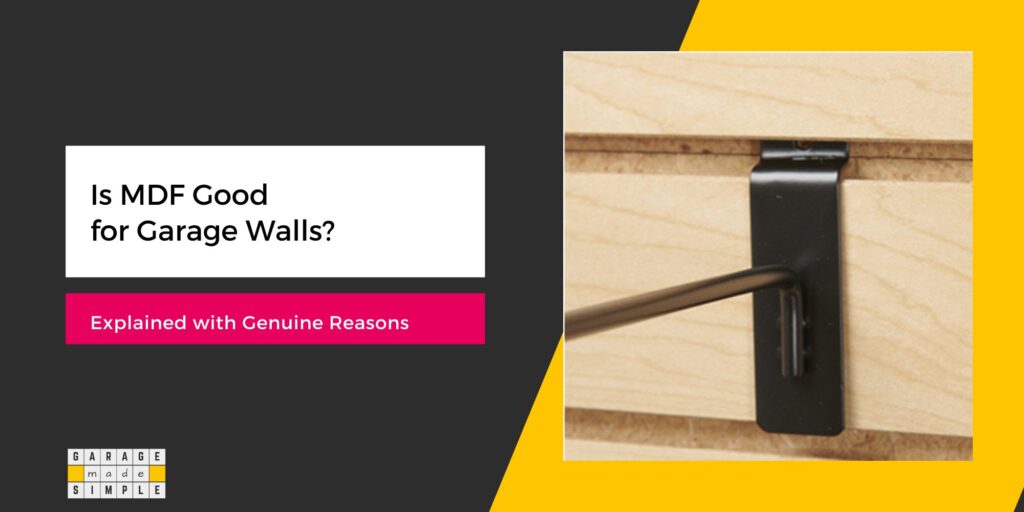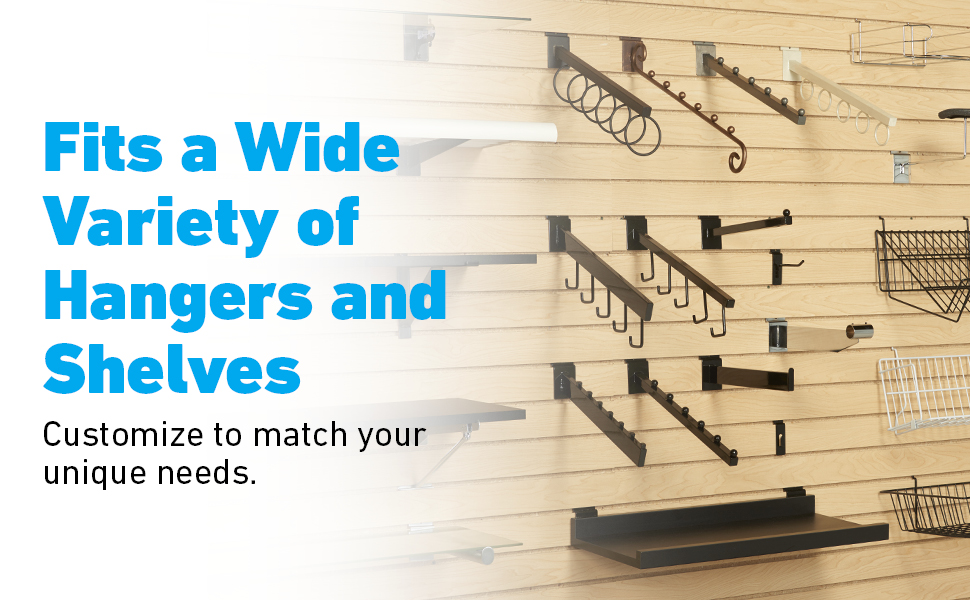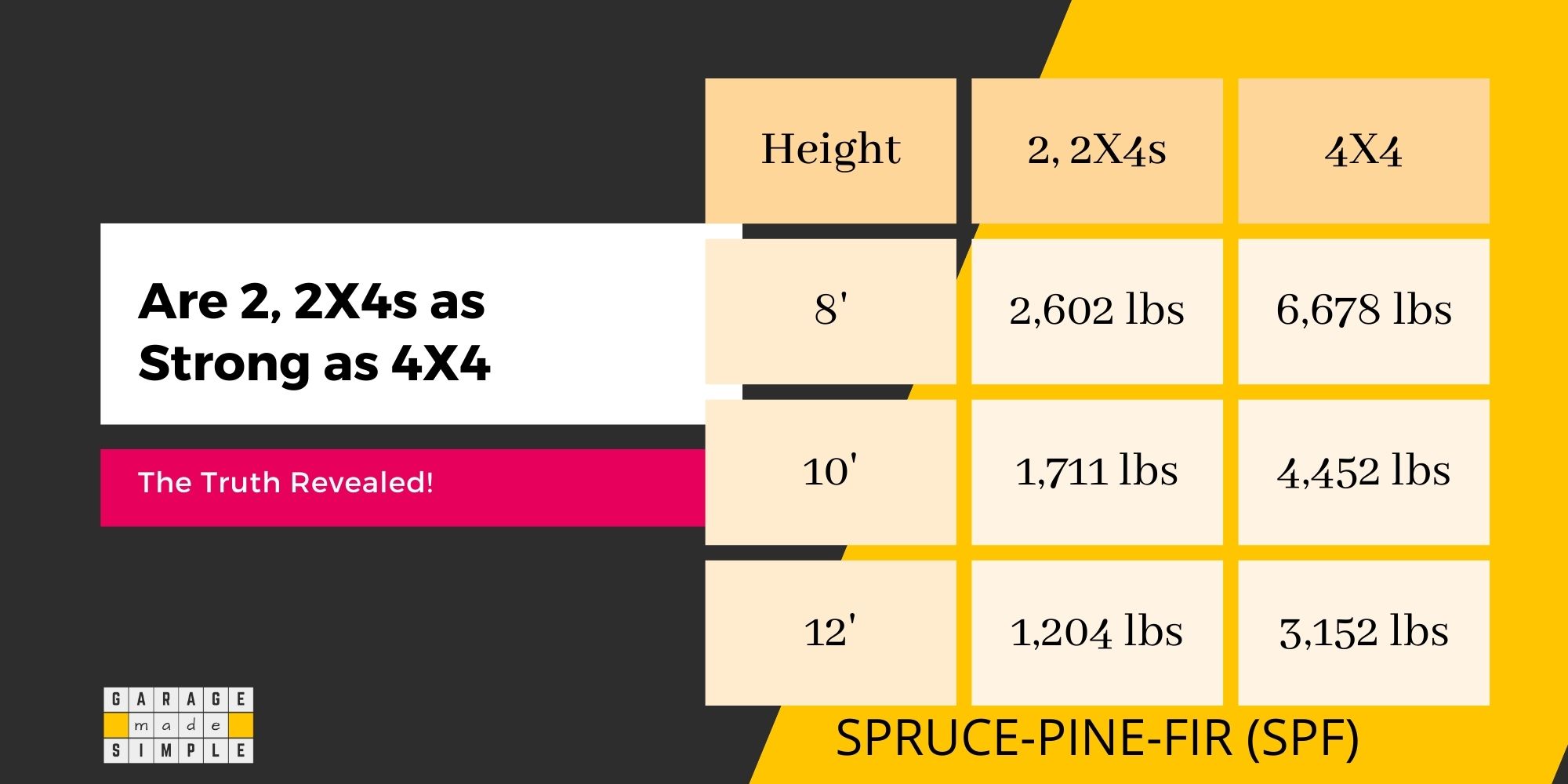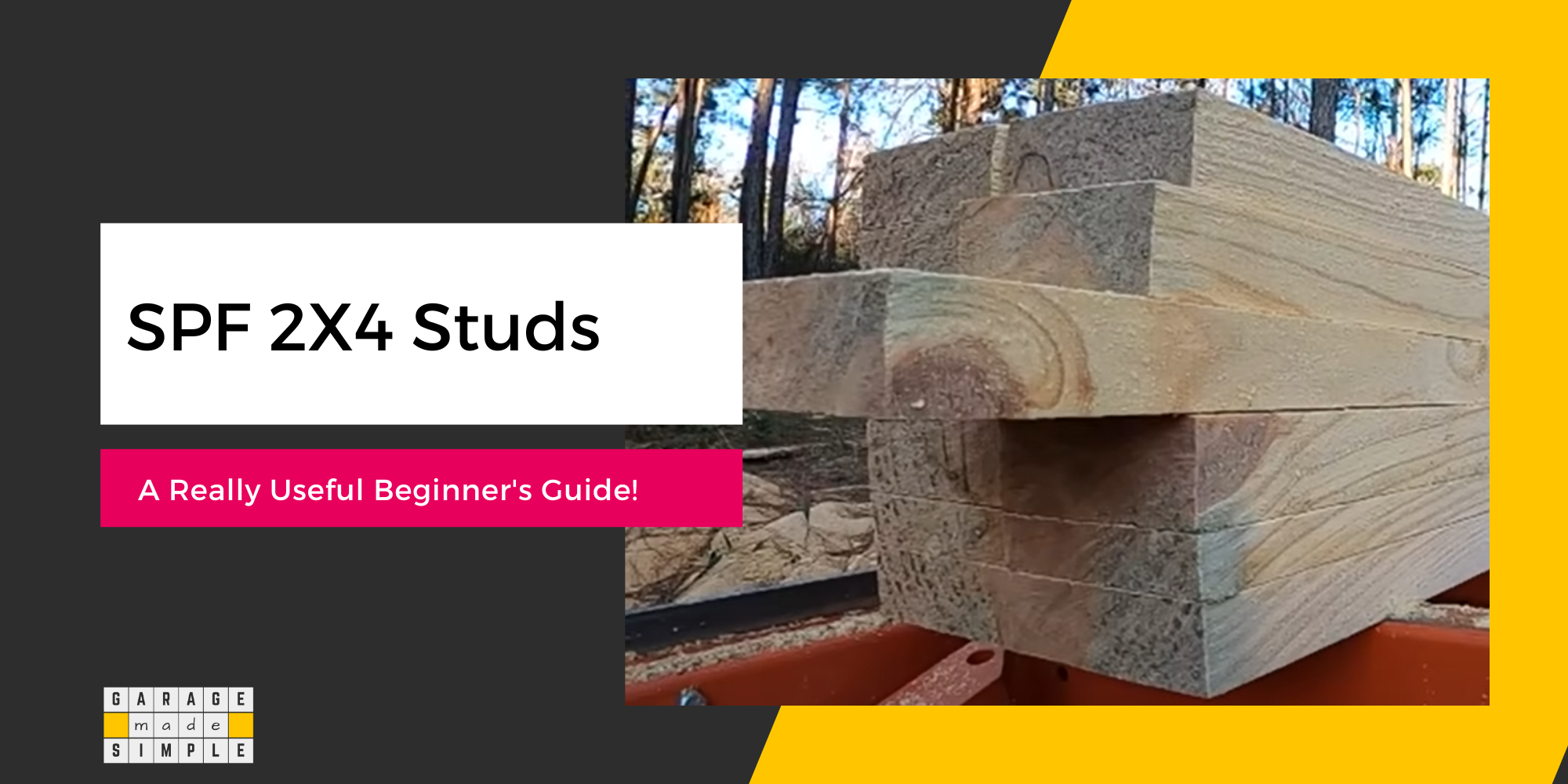Is MDF Good for Garage Walls? (Explained with Genuine Reasons)
garagemadesimple.com is a participant in the Amazon Services LLC Associates Program, an affiliate advertising program designed to provide a means for sites to earn advertising fees by advertising and linking to Amazon.com . The website is also an affiliate of a few other brands.
Is MDF Good for Garage Walls?
A newly constructed garage, or even a remodeled one, will require finishing of the interior walls. Drywall is a popular choice as garage wall sheathing. However, if you are looking for something sturdier, you may consider an engineered wood panel such as plywood or OSB. Now MDF is also an engineered wood panel. So is MDF good for garage walls?
MDF should not be used on garage walls as it does not hold nails or screws very well. Further MDF soaks up water like a sponge, swells up & distorts. It may even crumble & disintegrate.
Garage floors are notorious for getting wet from washing of cars, plumbing leaks and rainwater & snow melt.

MDF has its pros and cons. MDF is widely used in furniture & cabinetry related projects, with good reason. However, the disadvantages of using MDF as garage wall sheathing are too many to ignore.
Please read this article to understand the advantages and disadvantages of MDF. You will be able to better appreciate how & where MDF should be or should not be used.
What Is the Difference between Solid and Engineered Wood?
Solid or real wood boards are cut directly from tree trunks. Engineered wood, on the other hand, is made by mixing smaller pieces of wood, wood waste or scrap wood, with adhesive resin and bonding them together into a board, under high heat and pressure.
Engineered wood boards are cheaper, lighter and easier to work with, as compared to real wood. No wonder they have been replacing real wood in the construction, furniture & carpentry industry.
Some popular engineered wood types are:
MDF
Medium Density Fiberboard (MDF) is produced by bonding together wood fibers with synthetic resin adhesive under heat and pressure.
Plywood
Plywood is made by arranging layers of wood veneer, at right angles, and using adhesive, heat & pressure to bond them into a panel.
OSB
Oriented Strand Board (OSB) uses rectangular wood strands that are arranged in cross-oriented layers. The strands are mixed with resin adhesive, laid out in thick mats and bonded together under high heat and pressure.
Particle Boards
Particle boards use wood waste such as sawdust, saw mill shavings and very small wood chips. They are mixed with an adhesive resin and formed into panels under high heat and pressure.
What Are the Advantages of MDF?
Smooth Surface
The MDF board available in the market is dense, stiff and has a very smooth surface. There is no need to sand MDF boards to get a finished look.
Easy to Paint
It is quite easy to paint MDF boards due to the smooth surface . There is no need for surface preparation such as sanding.
NOTE: Though MDF is easy to paint, it cannot be stained. The dense material is not able to absorb the stain.
Easy to Work With
It is easy to cut MDF as it leaves a smooth edge, unlike say plywood. There is no need to sand or smooth out the edges.
CAUTION: You must always use respiratory protective equipment (RPE) to avoid inhaling MDF dust. MDF dust poses a health risk due to urea formaldehyde used in MDF production.
Structural Stability
MDF boards are structurally quite stable and will not warp or crack when exposed to moderate moisture or temperature variations. MDF boards have some amount of flexibility to handle expansion and contraction.
NOTE: MDF board is moisture resistant but not water resistant. It can handle moisture & water spills but not water immersion.
Affordable
Generally speaking MDF is cheaper than other engineered wood products such as plywood and OSB.
In general, MDF is cheaper than plywood.
bob vila
Eco-friendly
MDF production is eco-friendly as it promotes the use of recycled wood unlike real wood or plywood. Trees do not have to be cut to produce MDF.
What Are the Disadvantages of MDF?
Does not Hold Fasteners Well
MDF is made from fine fibers of wood. This helps in giving MDF its density and surface smoothness. But the fine fibers are not good for holding nails or screws. Nails & screws do not have much to hang onto in an MDF board.
MDF are therefore not suitable for use as sheathing on garage walls. Garage wall sheathing is typically nailed or screwed onto the garage wall studs.
MDF is best used in small sections. Combine MDF board with real wood supporting frames to get strong yet affordable furniture, cabinets, shelves etc.
An MDF door is a good example. The panel is made from MDF board but the frame is made from real wood.
Poor Water Resistance
MDF is moisture resistant but not water resistant. MDF can handle high humidity and even water spills, provided it is not for extended periods. Sealing the MDF board with a sealer or paint also increases the resistance.
However, MDF cannot be immersed in water, even for short durations. MDF absorbs water like a sponge and this stays in it even when the water source is removed and the environment is dry.
Naturally the structural strength of MDF is seriously compromised once it is immersed in water. Garage floor gets damp, wet or flooded for a variety of reasons. If the MDF sheathing is not protected from water it will have very limited life.
Poor water resistance makes MDF unsuitable for garage walls.
Toxicity & Health Risk
MDF uses an adhesive resin to bind the wood fibers together. The adhesive resin is made using urea formaldehyde; sometimes even a stronger adhesive made from phenol formaldehyde may be used.
Formaldehyde exposure can have a negative effect on health, both in the short and long term. Formaldehyde can cause irritation of the skin, eyes, nose, and throat. High levels of exposure may cause some types of cancers.
EPA/Formaldehyde
You should never cut MDF without using respiratory protective equipment (RPE). Use a vacuum to gather up all the MDF dust and ensure proper disposal.
MDF is reasonably fire resistant, but it is flammable. MDF releases formaldehyde fumes when burnt. The formaldehyde fumes are toxic and a health hazard. Legislation does not permit burning of MDF.
NOTE: Some other engineered woods may also use formaldehyde based adhesives.
Heavy
Most real wood, especially soft wood, is not that heavy because of the cellular structure. On the other hand, MDF is made from fine wood fibers which are packed quite closely. MDF is, therefore, typically heavier than real wood.
MDF can also be heavier than other engineered woods such as plywood and OSB.
Cannot be Stained
MDF is great if your intent is to have a smooth painted surface. However, you will not be able to get a wood finish from MDF as it cannot be stained.
Dents Easily
The surface of MDF is compressed by the pressure applied during the production process. However, the core is not very hard. MDF panels can get nicked easily by sharp objects.
You are likely to be moving lawnmowers, ladders, power tools, etc. in a garage, as you go about your gardening chores or DIY projects. MDF sheathing on garage walls is not going to look very pretty after a few dents. Unlike drywall, dents in MDF are not easy to patch up.
Cannot Handle High Temperature
MDF cannot handle extreme heat and should not be used in the proximity of heaters, radiators etc.
Cannot Support Heavy Weight
MDF is strong but unable to support heavy weight. MDF is best suited for wardrobes, shelves, cabinets, etc. which are generally used for storing light objects. An MDF board will sag and may even snap under heavy load.
Use an MDF Slatwall Instead
The “Horizontal Maple Slatwall Easy Organizer Panels” from SSW Basics is designed for retail stores, but is perfect for garage walls too.
The dimensions are 4’ X 2’, which makes them perfect for screwing on to garage wall studs. They are modular, so you can arrange them on your garage wall in any configuration that suits you.
The grooves accept all standard slotted attachments. You can easily hang hooks, shelves or baskets on them.
Bottom Line
The bottom line is that MDF is not a good choice as sheathing for garage walls. The main reasons are that an MDF board is not able to hold nails & screws very well.
Further, MDF is not water proof. It swells and deforms when immersed in water.
MDF soaks water like a sponge. MDF boards remain wet for long periods, even after short periods of immersion in water. Mold growth is therefore a distinct possibility after a garage flooding.
Thank you very much for reading the post. I do hope you found it informative and useful.






